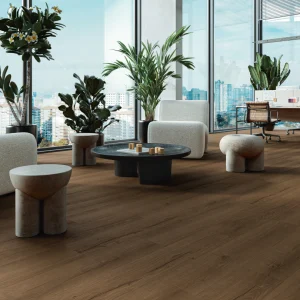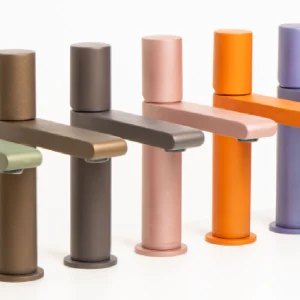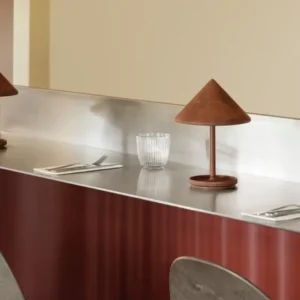The building meets the new Massachusetts LEED Plus standards for green buildings as an anticipated LEED (Leadership in Energy and Environmental Design) Silver-certified structure. The center exceeds energy code requirements of Massachusetts by at least 20%.
DiNisco Design Partnership, Ltd. of Boston, the architect for the project, assured that all design aspects reduce consumption of energy during all four seasons. Energy consumption features include a white roof that reflects heat, big south-facing windows that capture solar energy and natural light, a system of windows that transmits daylight through the structure. Slag and fly ash from industrial furnaces decrease the need for cement in the walls. Recycled plastic and rubber go into restroom partitions. The structure’s framework includes recycled steel.
Water that falls on the roadways and building will not flow into the community’s storm drains conveying oil and salt from the access road of the college through the city’s system and into Boston Harbor. The rain will be channeled into two bio-retention ponds where it will go over the roots of wetland plants and go through layers of gravel to re-establish underground streams. The storm-water part of the project characterizes the new whole system method of good environmental design.
The new building also features additional faculty and administrative offices, a fitness center, and a gymnasium.





